How to Create an Interior Design Vision Board
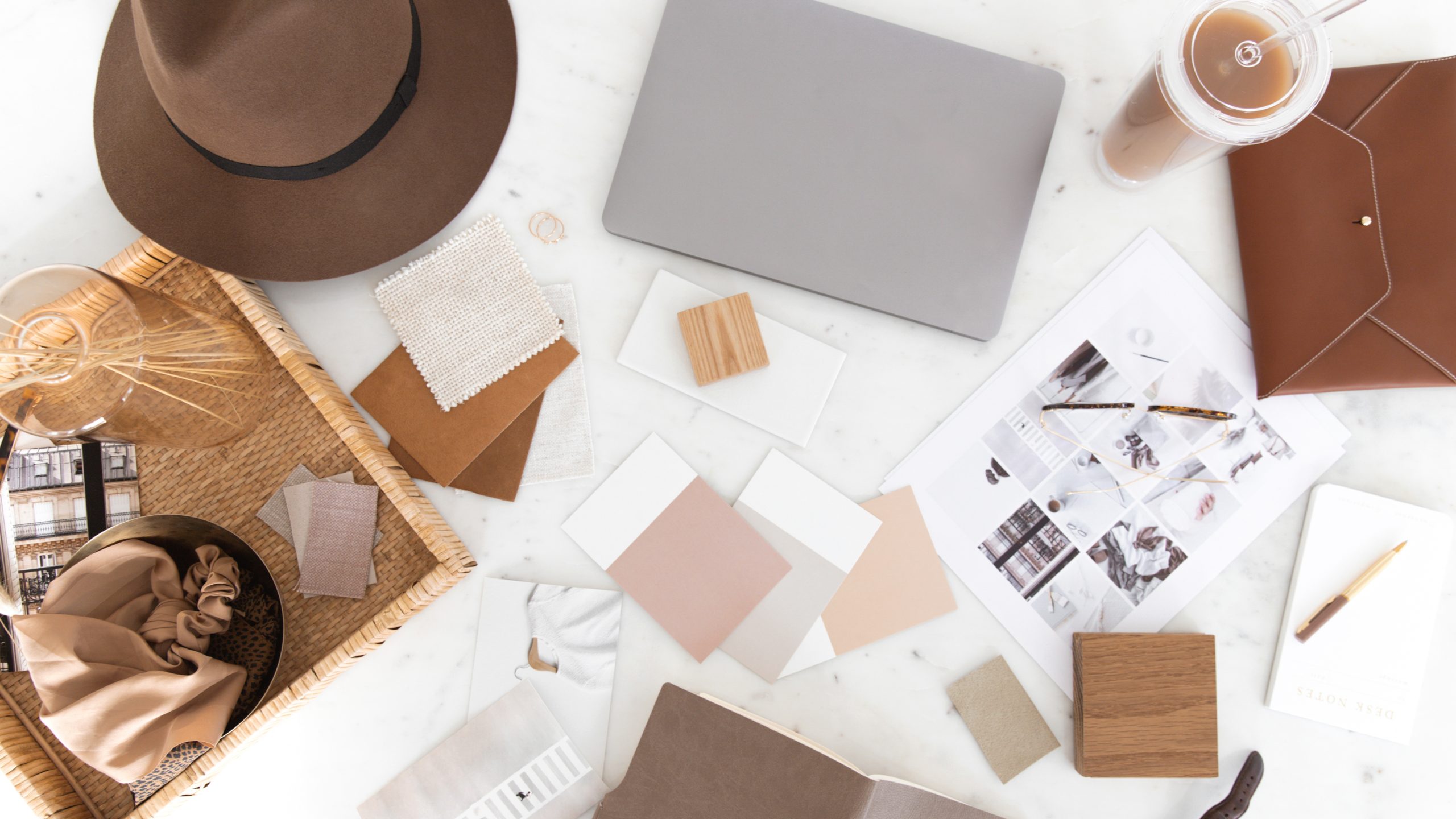
Design projects don’t just come to life out of thin air; they need inspiration. Whether it’s a Pinterest board, some saved screenshots on your phone, or an old-fashioned physical vision board covered in magazine cutouts, the idea is precisely the same—capturing creative ideas that inspire you as you work towards completing a project! But what if you haven’t created one before? Or maybe you want tips for creating something even better than ever? Read on for our top advice for making winning vision boards every time!
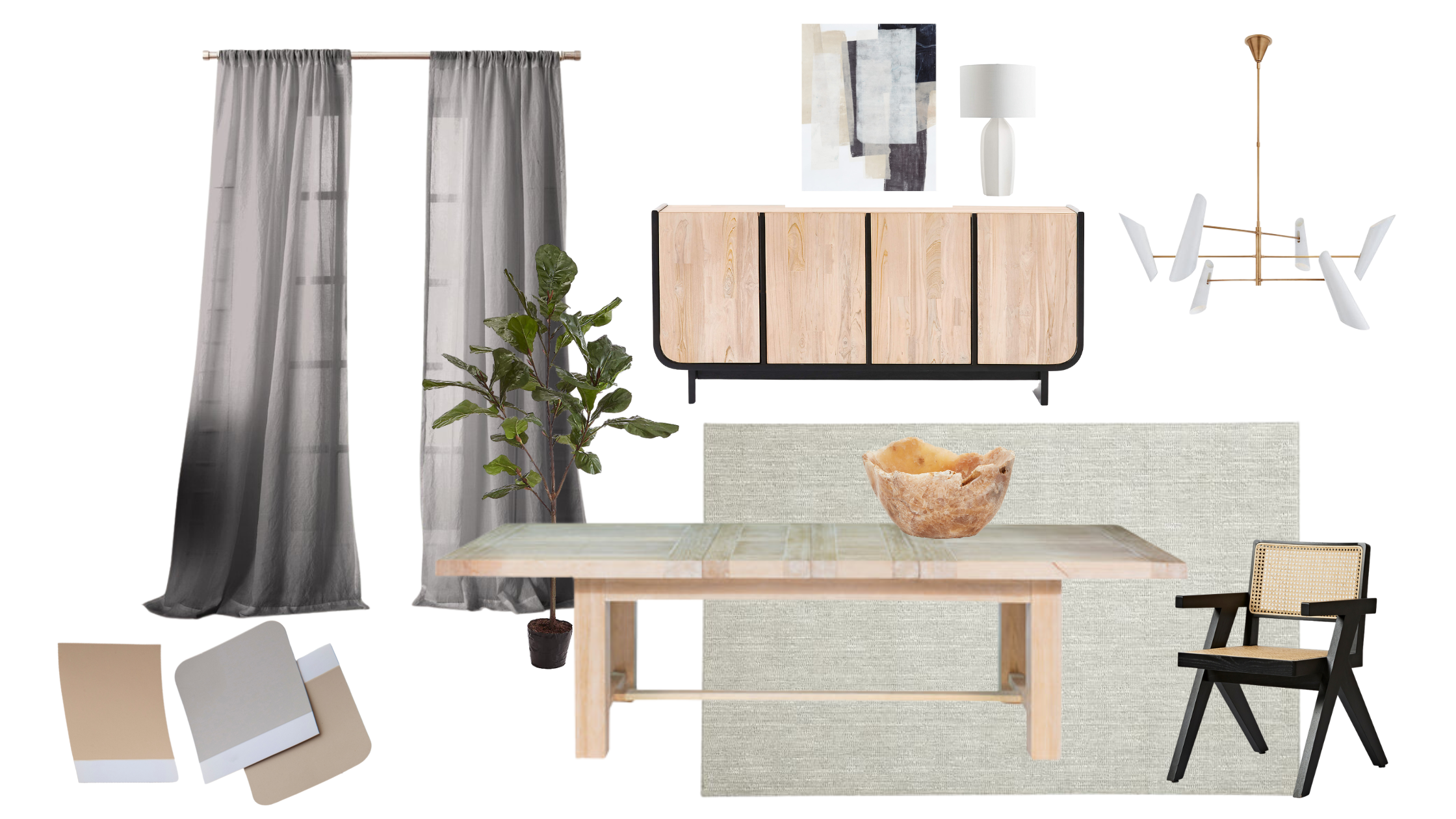
Clear and Simple
A vision board can make your interior design journey a whole lot easier! You’ll be able to see precisely how the colors, textures, and lines will interact with each other in their final setting. It’s like taking a peek at the finished project before you even start – giving you more confidence when making those hard decisions.
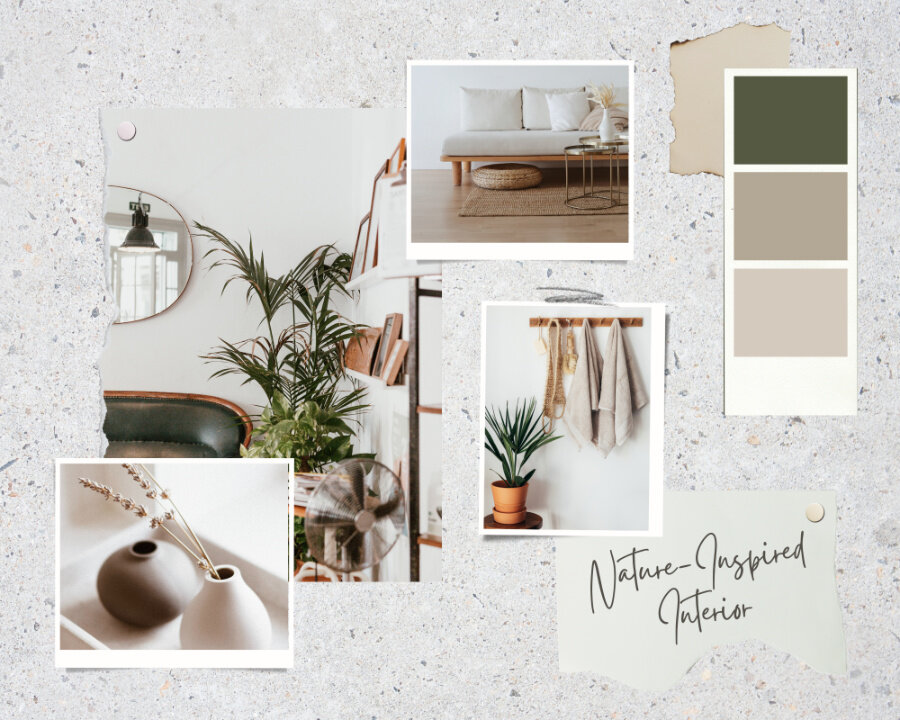
No Limits
Creating a vision board can unlock your creative potential and express powerful ideas in your head. It’s also an opportunity to experiment without breaking the bank! Gather inspiration from anywhere – interior design magazines, social media, etc. With a broadened horizon comes great clarity – don’t be afraid to look anywhere and everywhere for sources of inspiration that bring joy into the mix. Put simply: be curious and let yourself fly free while building something tangible out of intangible visions!
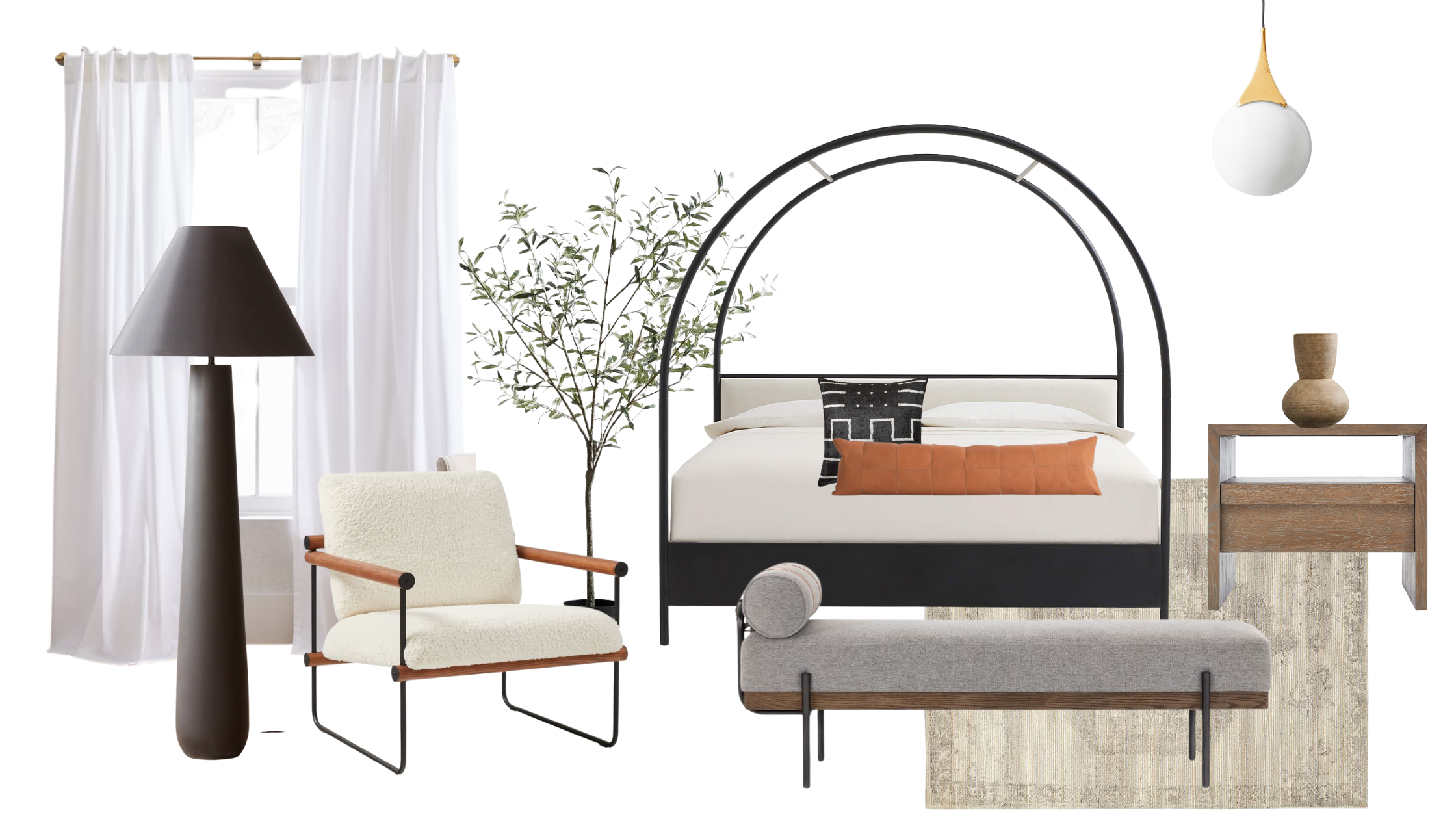
Room-by-Room Boards
When designing a home, it’s crucial to create an overarching harmony. However, vision boards should be crafted thoughtfully for each room. While you may have an overall aesthetic idea for the entire space, every area has distinct needs that should be addressed, such as the purpose of the space, lighting needs, and unique features.

Physical vs. Digital Boards
When unleashing your creativity, a physical vision board is a great place to start. Grab some inspiration – photos, swatches, material samples– lay them out on something like a white posterboard or even just place them on the floor (just be sure to have a white background.) Keep collecting until you can’t possibly fit any more in! Then with an editor’s eye for detail, pare down what works best together – you’ll eventually find the selections that will make up your project masterpiece.
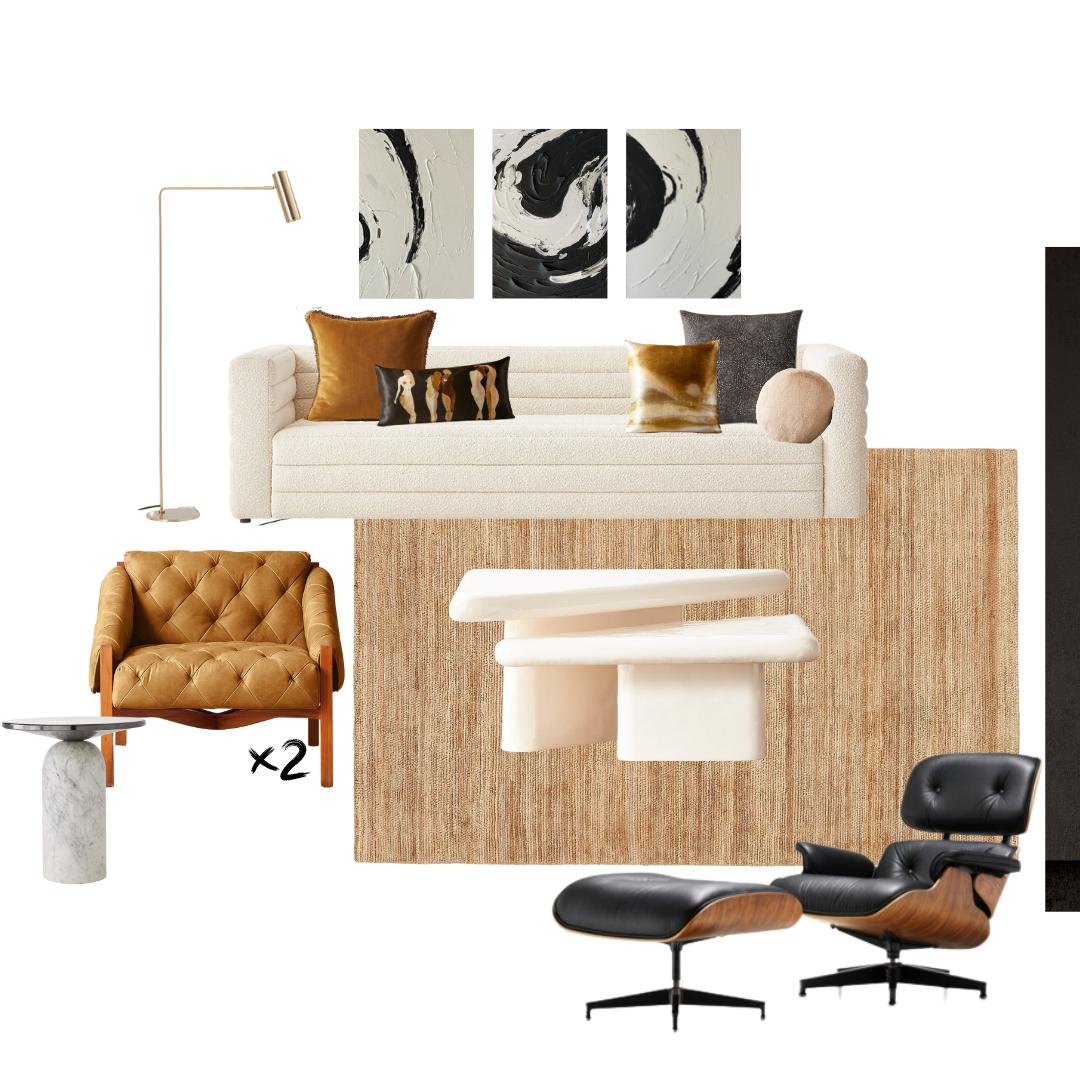
A great tool to use when creating a digital vision board is Canva. They offer free and paid versions, but an important note is that the photo background remover tool (a must) is only available with a paid subscription. A workaround is to try remove.bg is a fantastic website where you can quickly and easily remove backgrounds from images or screenshots. Regarding your vision board, it’s essential to create layered visuals without the distraction of intrusive backgrounds!
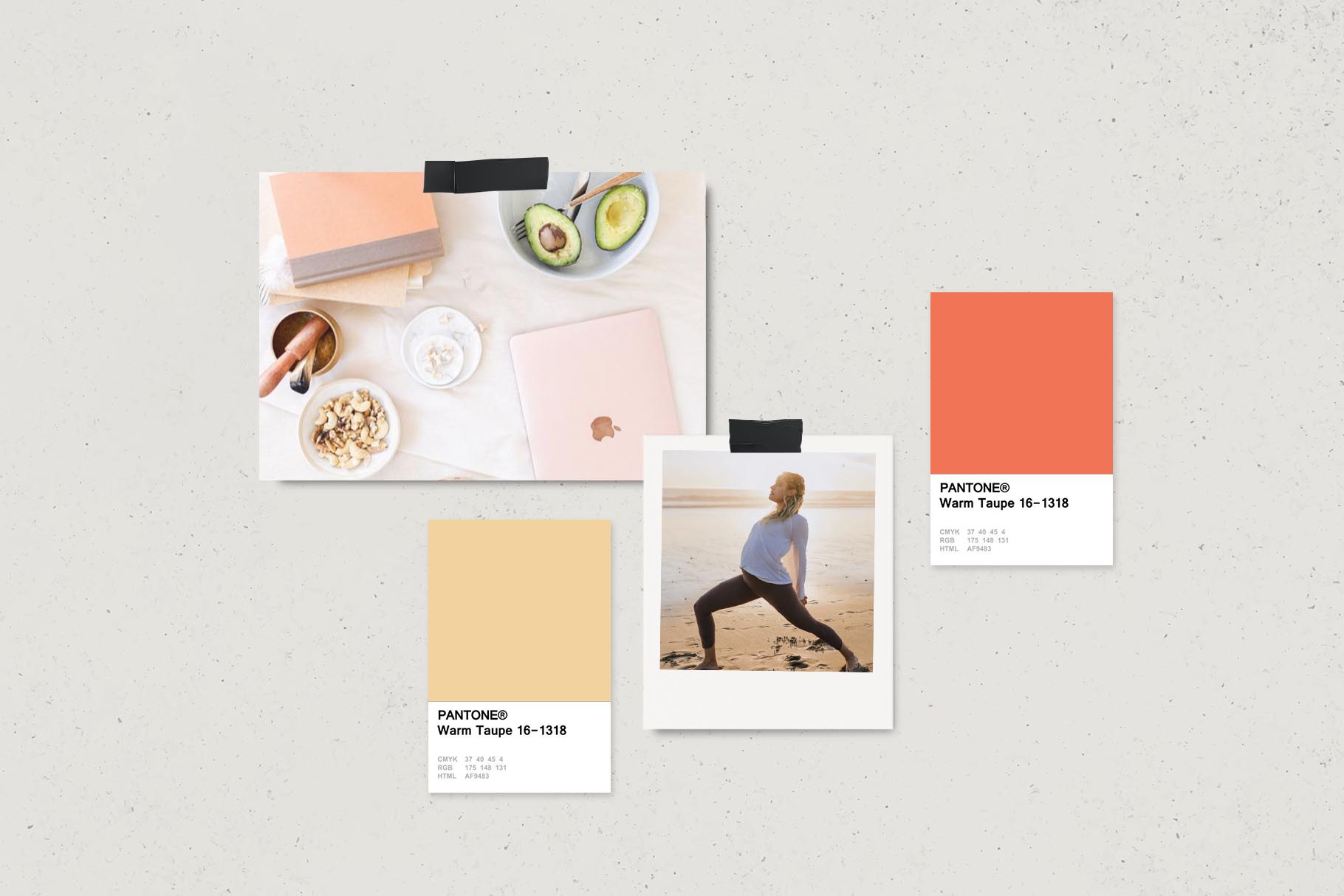
Start with Color
It’s easy to fall down the rabbit hole of choice overload. But relax – start with colors! They will be your trusty guide as you move through digital or physical boards. Don’t forget that color appears differently across screens and in different light settings, so if you’re doing everything digitally, it might take some experimenting until you’ve nailed your aesthetic goals. Or why not get real swatches and materials on hand; this allows for more precise decisions since they’ll reflect actual shades and textures that may otherwise appear distorted virtually! Start broad, so it doesn’t become too overwhelming to try specific concepts, like looking broadly at blue aesthetics before diving into bathroom ideas.
 Consider Your Non-negotiables
Consider Your Non-negotiables
Here’s some helpful advice for crafting a stellar vision board: start by adding anything you can’t envision not having in this new look – these should be the core of your design! Is there particular kitchen cabinet color or style that’s non-negotiable? Make it the focal point of your project and let everything else flow around it.
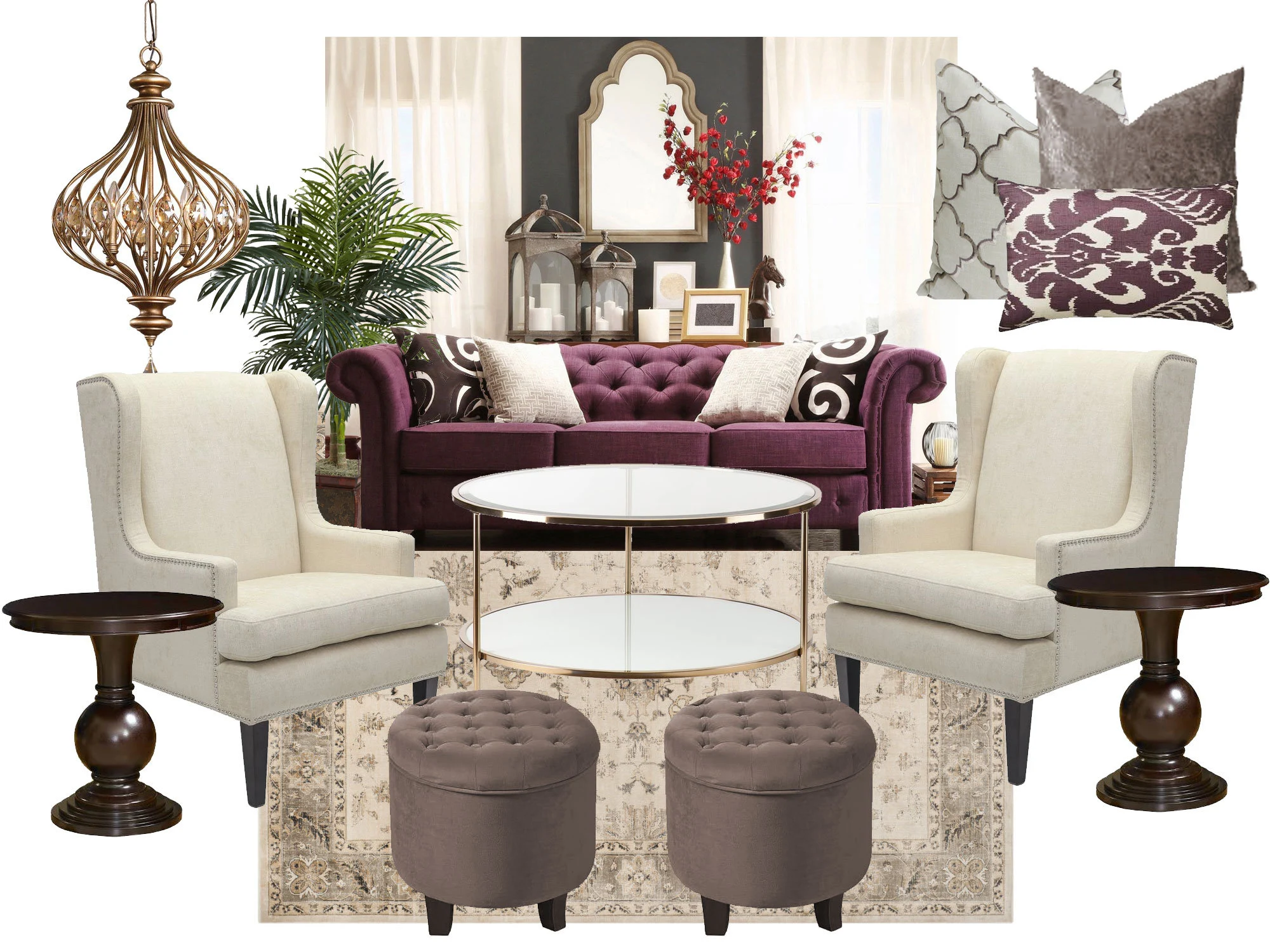
Be Bold
A vision board is an excellent opportunity to boldly explore different textures and colors, pairing different wood tones and metals while ensuring all the pieces still complement each other. Experimenting in this way lets you be creative and discover unique design combinations you may have yet to consider.

Proportion Matters
To create a board that properly reflects the space you are decorating, remember to incorporate items in proportion with their role in your design. For example, if the paint covers all the room’s walls, make sure it stands out on your vision board, whereas materials used for more minor features should have less emphasis. Smaller features like hardware should take up less space accordingly and keep everything visually balanced when it comes time to turn your ideas into reality!
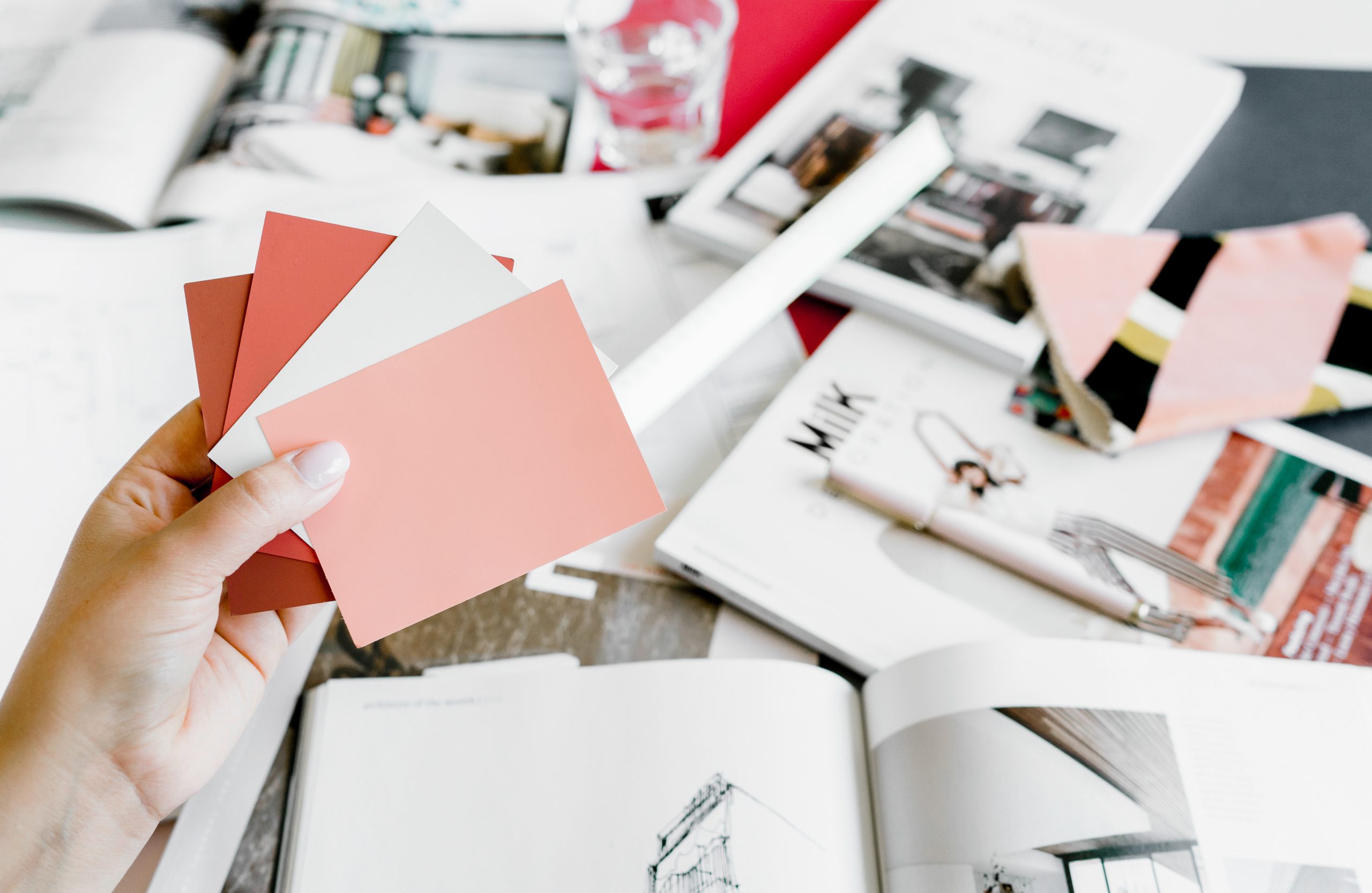
Take a Step Back
Having a vision board is only the start – to create an effective and powerful visual representation of your goals, you must evaluate its composition as a whole. Ask yourself if all elements are harmonizing or jarring against one another; pay attention to any details that may be distracting from what matters. Analyzing each component’s contributions can help ensure cohesion in crafting an engaging visual message.
Creating a mood board allows you to see what colors, textures, and patterns go well together and how different furniture pieces will look in your space. It’s also a helpful tool to show your designer or contractor what you’re looking for. Once you have all your ideas collected in one place, it will be easier to start making decisions about your design. So gather up some magazines, hop on Canva, and start collecting images that inspire you!
And don’t forget to show the DezignSpace fam what you’ve been up to! Post your vision board in The Clubhouse to inspire us!
Can’t get enough design yumminess? We totally get it! For even more fun, check out this post: Look(book) Before You Leap: How to Use Pinterest to Get EXACTLY the Design You Want
And while you’re at it, why not check out some gorgeous decor and furnishings in The Store? Yay!
2 thoughts on this post
Leave a Reply
You must be logged in to post a comment.

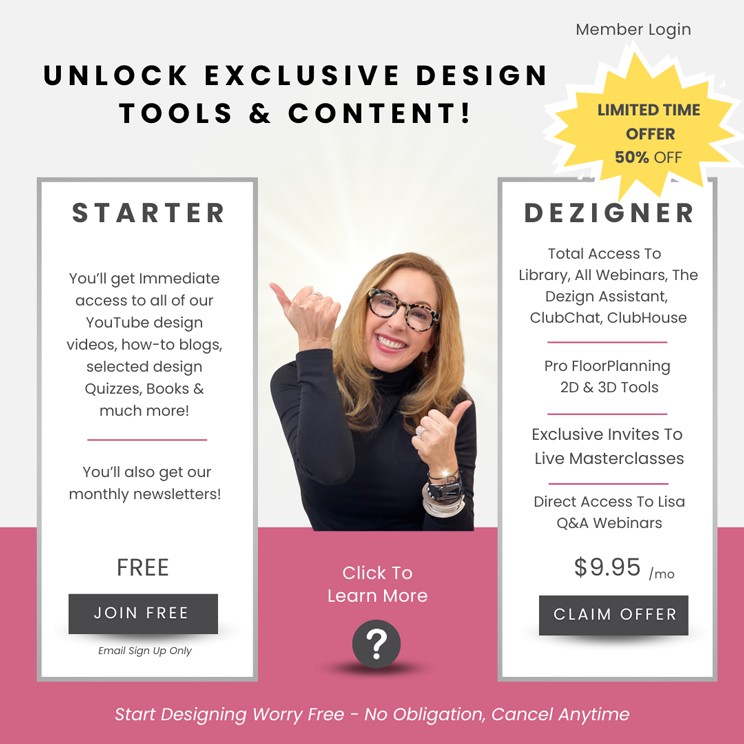

I’m loving the new content.
price for viagra 100mg